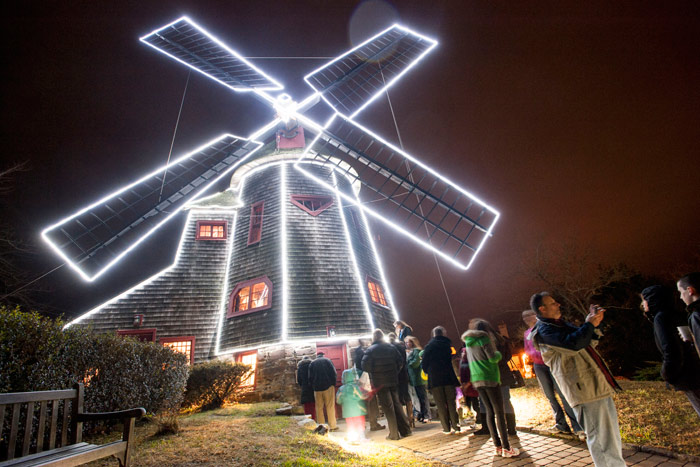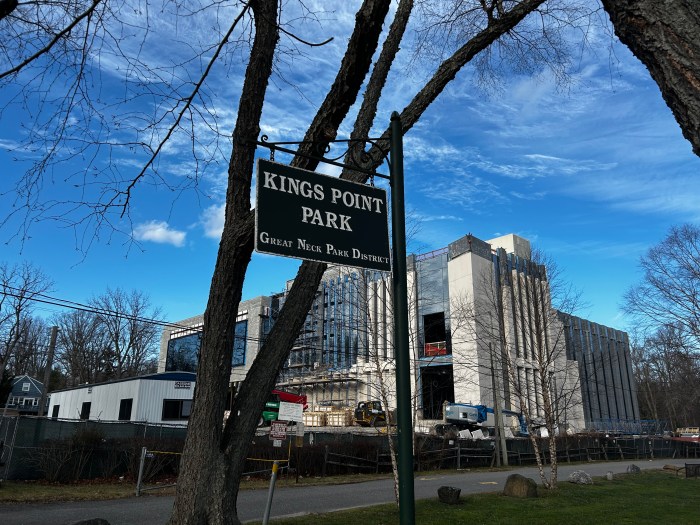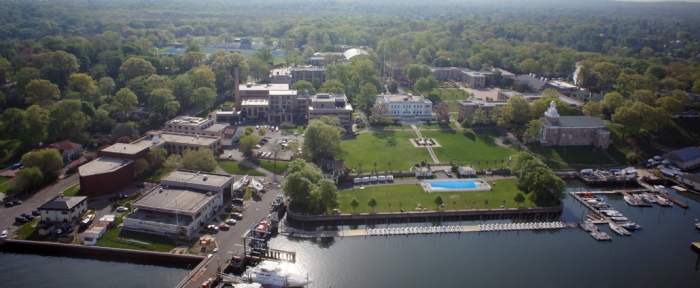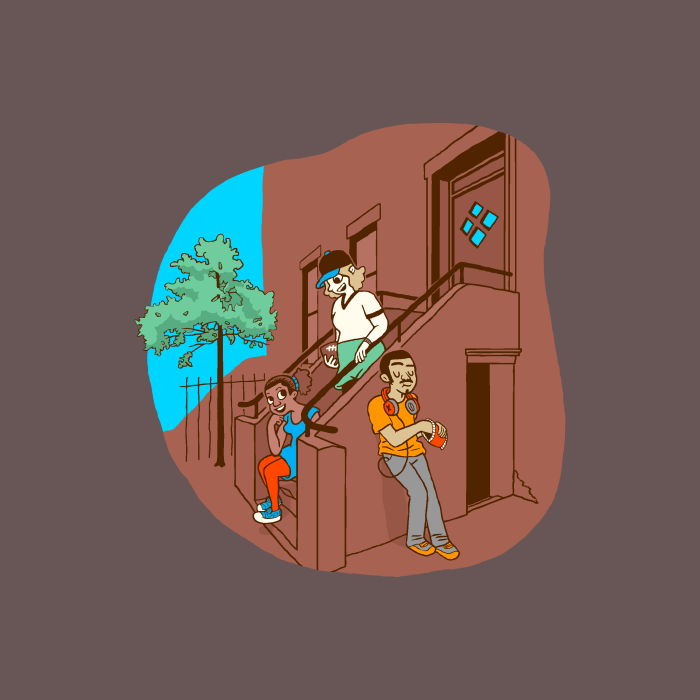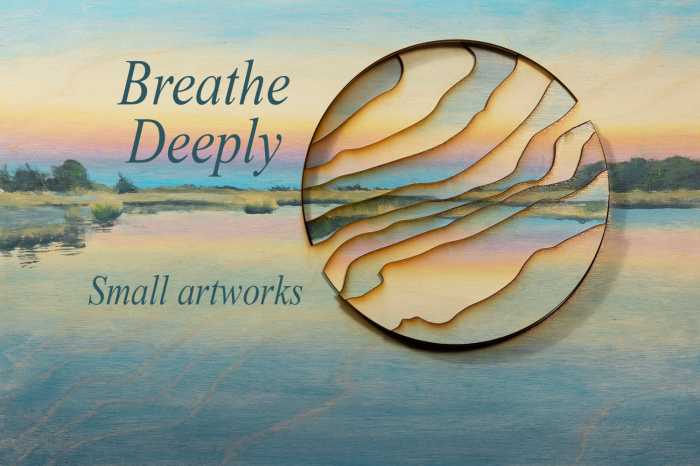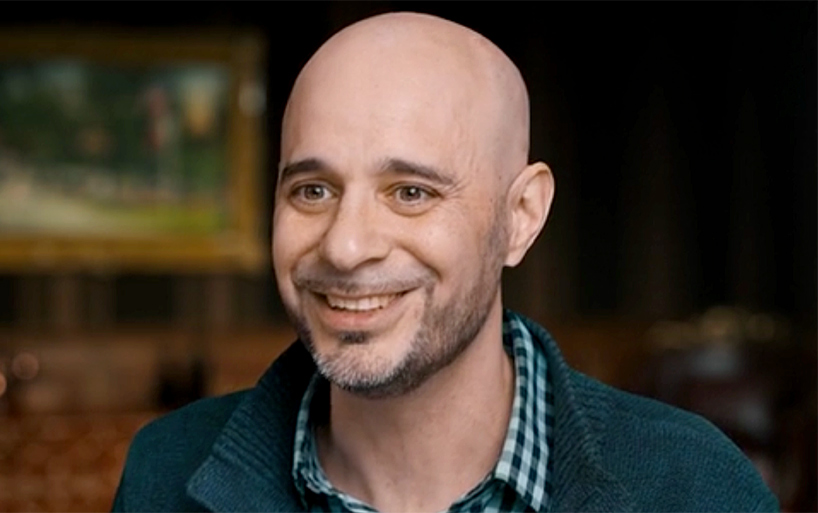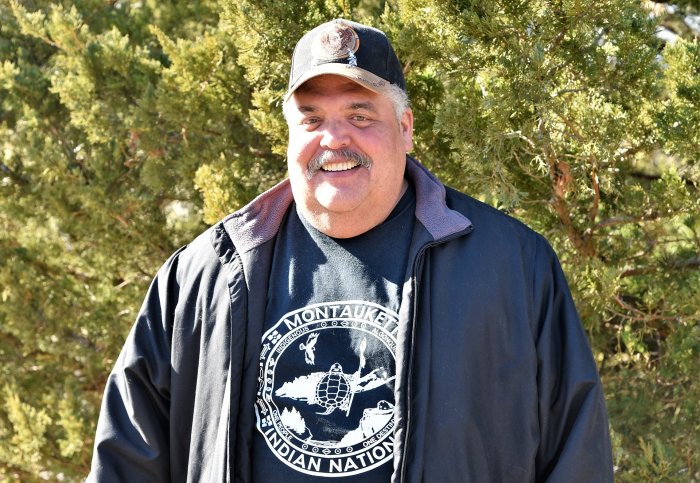Walking the Jamaica Bay Wildlife Refuge
It’s a sunny, mild morning at The Jamaica Bay Wildlife Refuge in Queens. My friend Walter and I are here to walk the paths and view the ponds for avian life. We quickly start to notice small things.
Catbirds fly across a gravel path, land on bushes and disappear in the undergrowth. A male yellow warbler with red streaking on its breast lands on a tree as the leaves wave in a strong breeze. In a marsh that looks out to the Cross Bay Bridge, three male red-winged blackbirds rise from the grass and two chase each other. As they come close, their characteristic epaulets look more orange than red. I wonder if it isn’t the light and Walter wonders if they aren’t yet mature. Minutes later two pairs of Canada geese fly low overhead honking loudly. As they pass overhead their bulky bellies and long extended necks move toward the marsh and quickly are gone. These birds, commonplace on the ground, look bold in flight.
The fragrance of honeysuckle is in the air and a large grouping of rose hips at the marsh’s edge catches my attention. All of a sudden it gets busy. The long form of a bird rises from the grass. It is brown on top and a dirty white on the bottom. The bird flies to a tree into which it vanishes before we can get a chance to see its rich brown and slightly down-curved bill. It’s a brown thrasher, an uncommon bird here.
A great egret, a large white fish eater, rises from the grass. A snowy egret, smaller, with trailing black legs and yellow feet, flies in the opposite direction. An immature herring gull, blending in with the landscape, lifts off and flies a short distance going into the grasses. Bye bye. A glossy ibis with the sun reflecting off its long, brown, down-curved bill flies toward the West Pond. An osprey flies purposefully over the bay’s dark blue waters and two laughing gulls, so named because of the odd sounding noise they make, go in the opposite direction. They look like flying black-headed tubes with stubby tails.
Walter’s sharp eyes locate a dark aqua eggshell, a half-inch long, on the trail. Beneath it is some goo. Might it be afterbirth? We’ve got a triple mystery. To what bird did the egg belong? What is it doing on the trail? What came out of the egg? We’ll never know.
An osprey comes over the bay carrying a fish. Is it the same one we saw a few minutes ago? On the bay’s exposed mud flats, strewn with seaweed, a few herring gulls stand looking around like they are bored. A short distance later, a long area of empty dark sand looks like a setting for a movie. Two stately Canada geese are walking it with a lone gosling between them. Mom and dad introducing their progeny to the beach. Picturesque.
The small lake known as the West Pond has been disappointingly empty this morning except for some ruddy ducks. Now a black-backed gull flies over the water. Soon two terns with bent back wings dive into the water after fish. They don’t stay long and we get partial looks at their black-capped heads and forked tails. They are either common terns or Forster’s terns but identification is hard based on our quick faraway looks. The refuge’s bird list says that the Forster’s are rare here while the common terns are common. I go with the odds: common terns.
We go across Cross Bay Boulevard to the preserve’s east side. There at Big John’s Pond is a blind. In the pond amidst some fallen tree limbs stands an immature yellow-crowned night-heron. I get out my camera, looking for the closest shots and best angles. This bird is plain as dirt but surrounded by water lilies that are blowing in the breeze, the scene is picturesque. In the pond, closer to the blind on the tip of a protruding stick, is a mature black-crowned night-heron. The bird is handsome and occasionally bends over for a drink leaving concentric circles in the water. Then the surprises start.
Another yellow-crown appears; this one’s head feathers are sticking up and it looks slightly younger than the other. Then slowly we see that yet another is partially obscured in the branches. Soon there are five immature yellow-crowns on the branches in front of us and four mature black-crowns scattered around branches on the pond’s edge. They’ve come in silently, not spectacularly. The numbers have just built and built. Neither of us has ever seen this number of night-herons in one place before. We aren’t sure that the total isn’t six yellow-crowns and five black-crowns because the birds keep quietly moving.
Because I’ve been preoccupied photographing the birds, I haven’t been watching the larger picture unfold nor taking many detailed notes. This is a problem for me and it isn’t the first time I’ve noticed it. But this is the third time in a row that this blind has been photographically productive. Frankly, I’m beginning to really enjoy photographing birds here and probably have gotten some excellent images. Birding and bird photography is an issue I’m going to have to resolve. But not right now.
At the enormous East Pond, there must be a few hundred mute swans and a few cormorants. The sky has become cloudy hinting at the rain that is to come later. An osprey flies in the stiff breeze across some pebbly clouds. The moment is poetic; my mood is mellow. Across the pond the A train rumbles by for long moments then disappears. It creates an aura I find only at Jamaica Bay.




